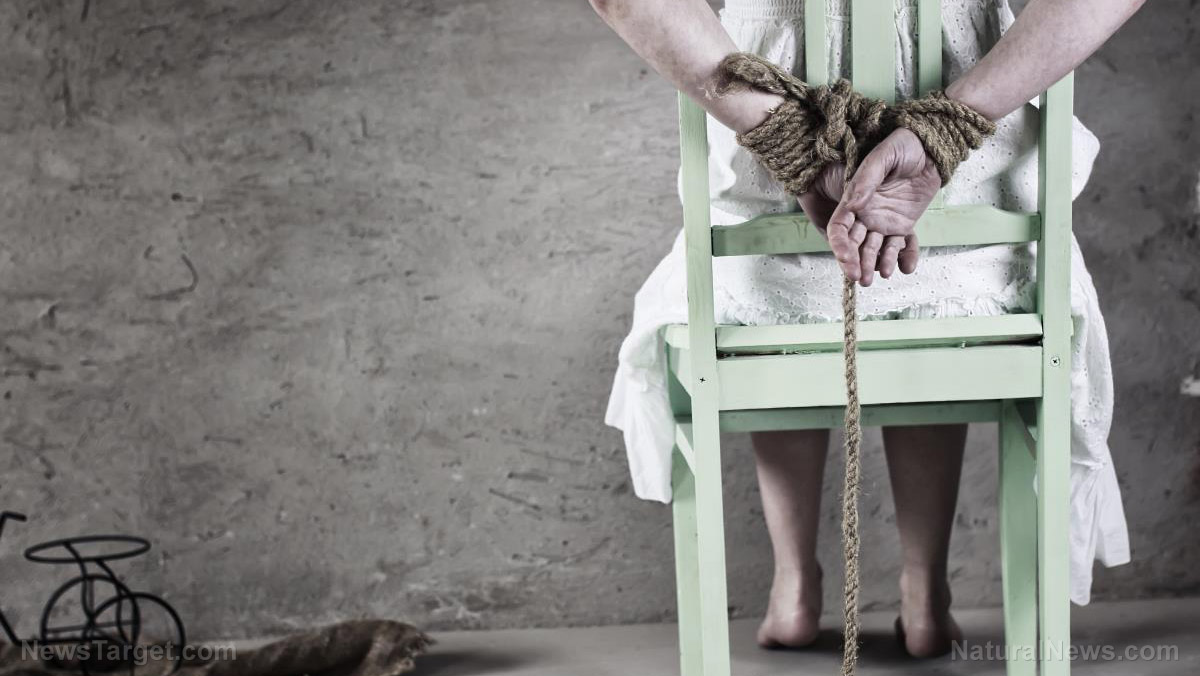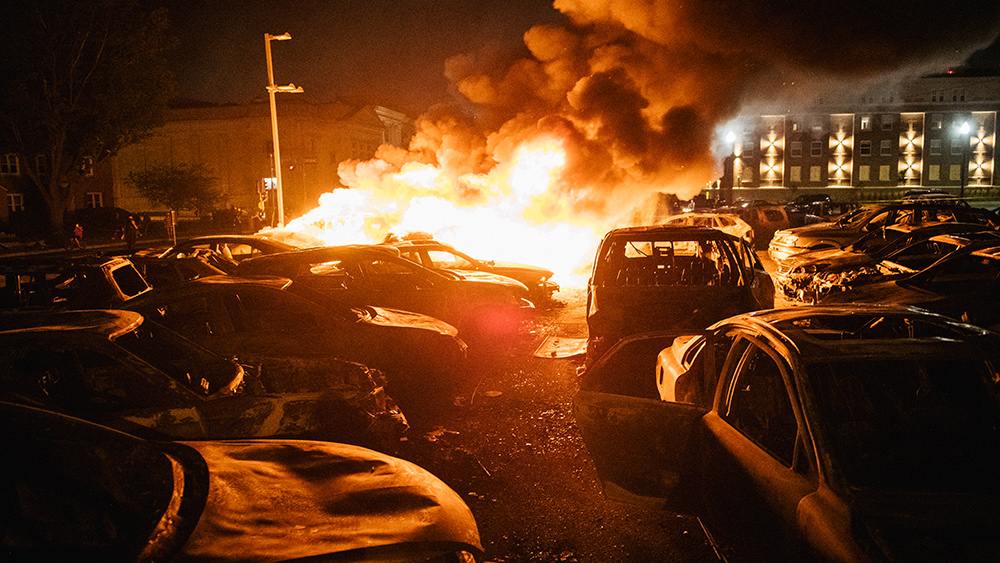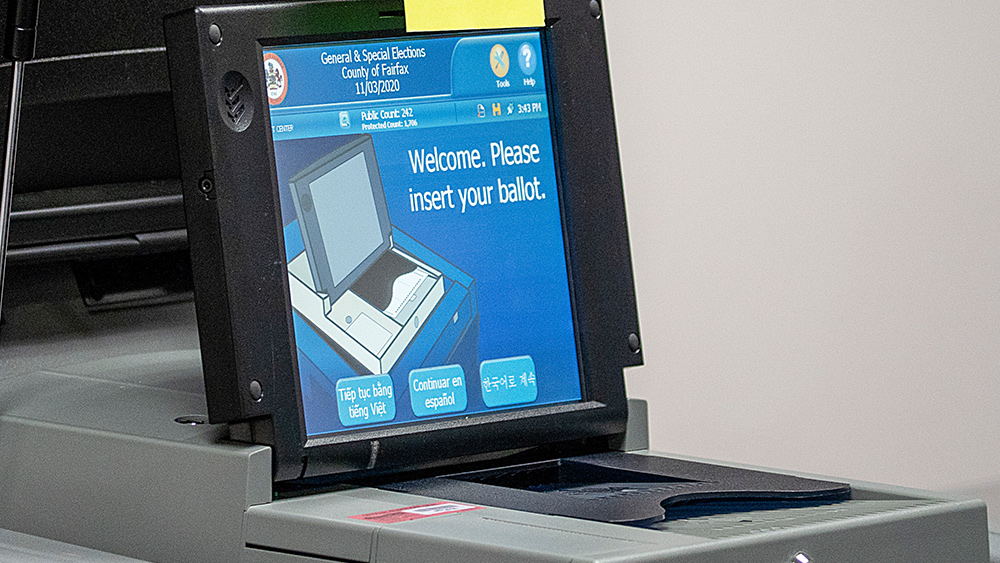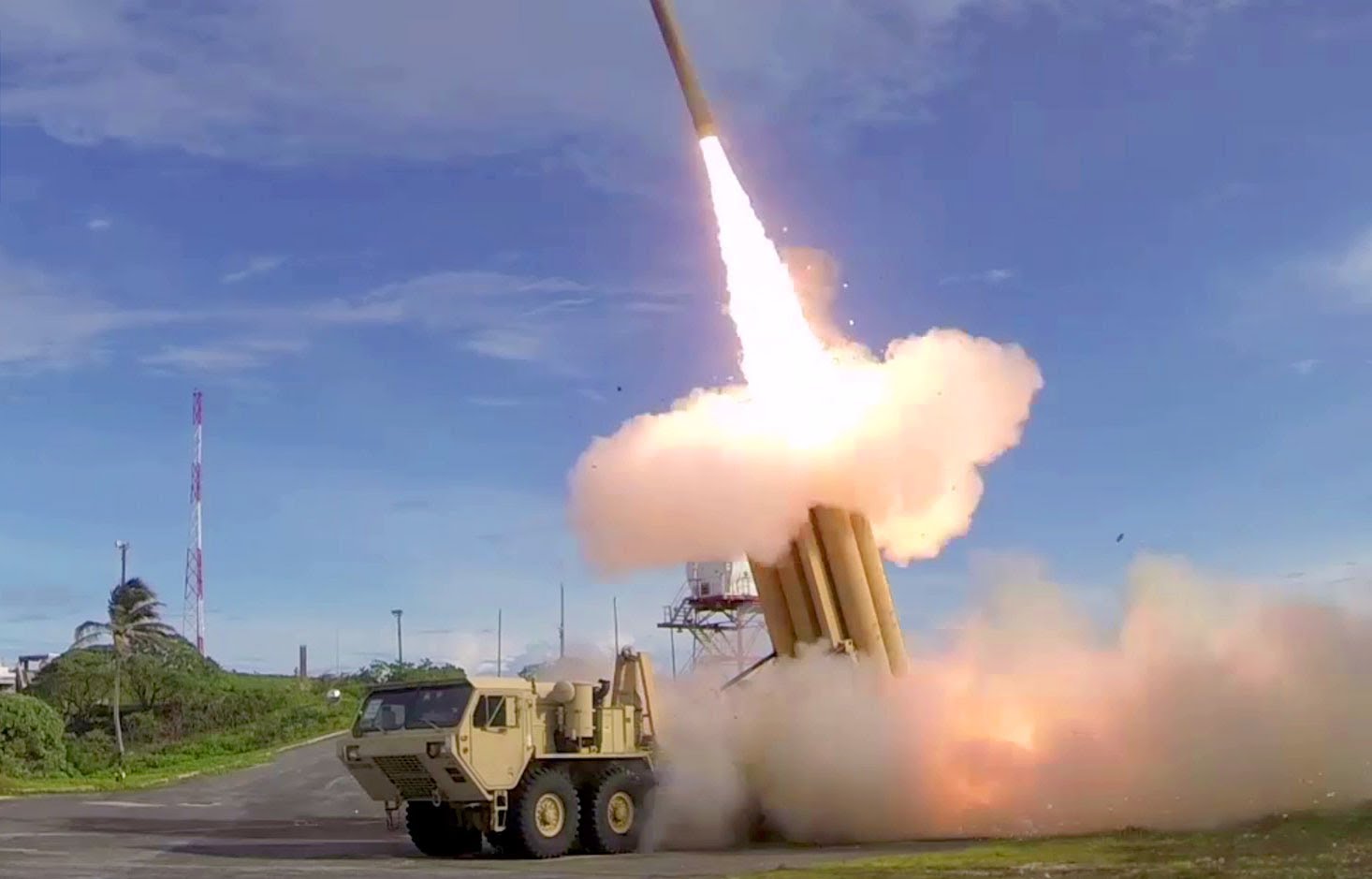Italian vineyards turning to robots and automation to fulfill harvest needs as labor shortage worsens
10/05/2021 / By Arsenio Toledo

Italian vineyards are left with no choice but to turn to robots as Wuhan coronavirus (COVID-19) lockdown restrictions worsen the country’s labor shortage.
Many sectors of the Italian economy have increasingly turned to automation due to the labor shortage. This includes much of the country’s agricultural industry, which can no longer rely on seasonal workers for labor. As a result, the harvesting of some crops like soybeans and corn is now heavily automated.
The Italian wine industry has resisted automation for the longest time due to concerns that automated harvesting is more likely to damage the grapes. That might affect the quality of the wine, which could lead to a significant loss in profit.
But the scale of the crisis in Italy is giving many Italian vineyard owners no choice but to turn to automation. (Related: Warehouses turning to robots to fill labor gaps as e-commerce booms.)
One of those farmers is Mirko Cappelli, who owns 13 hectares (32 acres) of grape fields in the central Italian region of Tuscany. Before the pandemic, he used to rely on seasonal laborers. But since the pandemic closed the borders and strangled global supply chains, he has been given no choice but to turn to automation.
Cappelli has invested in an 85,000 euro ($98,600) grape-harvesting machine.
“It was a very hard decision for a small farm like ours. It will take a long time to make the investment back,” says Cappelli. “But now when the grapes are ready, I can go pick them. We don’t have to worry about finding workers.”
Ritano Baragli, president of a winemaker’s association in Tuscany, says that the number of people flocking to get hired by vineyard owners has decreased over the years while the demand for pickers has increased.
But last year’s labor shortage was the worst of Baragli’s half-century career in the wine industry. It has prompted a surge in automation, with as much as 20 percent of his association’s members turning to machines for labor.
Other Italian industries also face labor shortages
Some of Italy’s coronavirus restrictions have been rolled back. Many of the country’s tourists are already returning. But the country’s hotel and restaurant industries are still experiencing severe staffing shortages.
“We are in trouble,” said Stefano Giuliodori, who has been struggling to hire waiters and chambermaids for his hotel in the resort town of Riccione, facing the Adriatic Sea.
“We are expecting a lot of visitors and we absolutely need staff, but it has become really difficult to find anyone.”
According to Alessandro Massimo Nucara, general director of a hotel lobbying organization in Italy, his sector is short of around 50,000 workers, or 10 percent of the workforce in the country’s entire hotel industry.
Employment data from the Italian government and the European Union shows that thousands of Italians are out of work and should be desperate for good-paying jobs, such as those provided by the hotel industry.
Back in April, a survey found that 33.7 percent of Italian jobseekers between the ages of 15 and 24 were unemployed. This gave the country one of the highest unemployment rates in the E.U.
The survey also found that around 23 percent of Italians between 15 and 29 were neither in employment nor in school. This was nearly double the average for other E.U. member nations and the highest rate for any nation in the bloc.
Giuliodori, who offers net monthly salaries of around 1,200 euros ($1,391), believes part of the problem lies with the excessive welfare benefits provided to people due to the COVID-19 lockdowns. “With all these subsidies, people prefer not to leave their home town, not to pay rent and remain with their families doing some odd jobs,” says Giuliodori.
Learn more about how COVID-19 regulations are affecting economies in Italy and other parts of the world by reading the latest articles at Pandemic.news.
Sources include:
Submit a correction >>
Tagged Under:
automation, Collapse, coronavirus, coronavirus lockdowns, economic crisis, harvest, Italy, labor, labor shortage, pandemic, robotics, robots, vineyards, welfare
This article may contain statements that reflect the opinion of the author
RECENT NEWS & ARTICLES
COPYRIGHT © 2017 NATIONAL SECURITY NEWS






















